The Name Game
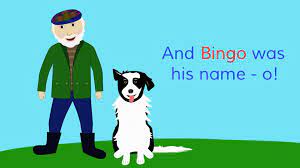
Sing and clap along to the tune of “Bingo.”
There was a boy with dark brown eyes and Timmy was his name – O!
T – I – M – M – Y,
T – I – M – M – Y,
T – I – M – M – Y and Timmy was his name!
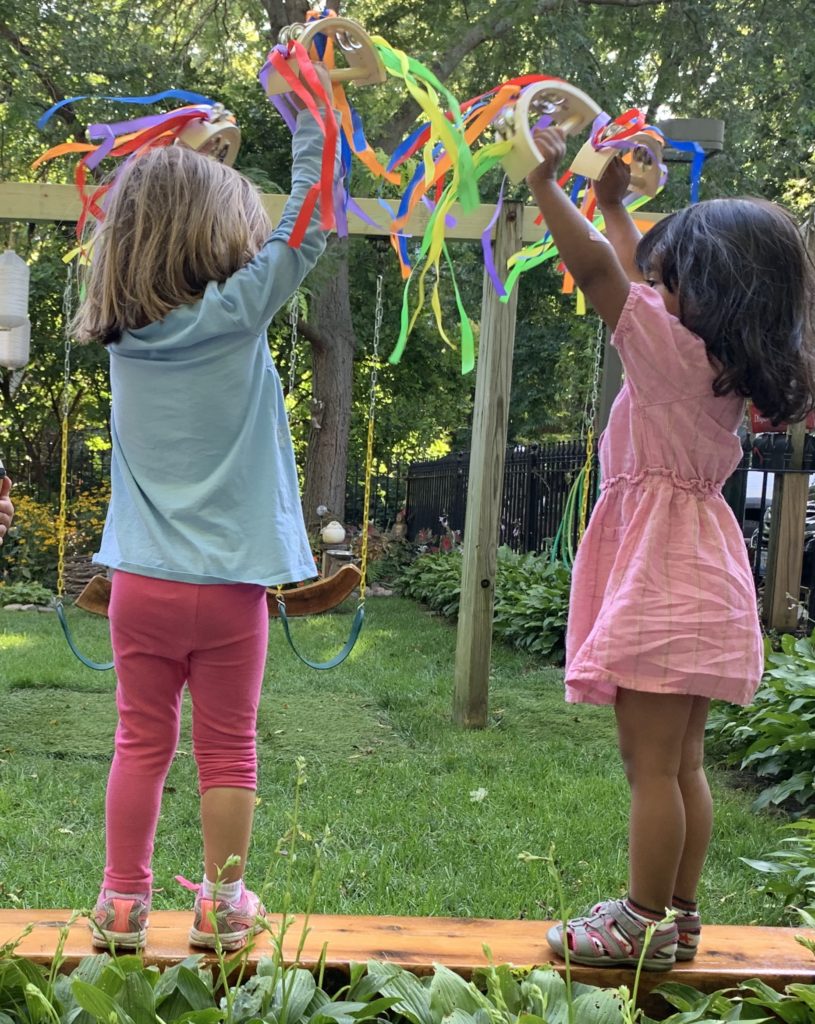
“Sing my name song next!” cries Evani.
“Please, can we sing my name song too?” implores another classmate of Timmy’s.
Do you play the Name Game? I simply take a familiar children’s tune, add a personal note if needed and spell out each child’s name to that tune.
I started playing this game more than 20 years ago because music plays a powerful role in brain development. One five-year study by a team of University of Southern California neuroscientists showed that music instruction accelerates brain development in young children—particularly in the parts of the brain responsible for processing sound, language development, speech perception and reading skills.
Children love the patterns and rhythms of songs. Setting words to music helps children learn them more quickly and retain them longer. Even a one-year-old will beam with pride the instant you start singing their tune. They may not be able to talk, but they know their name song!
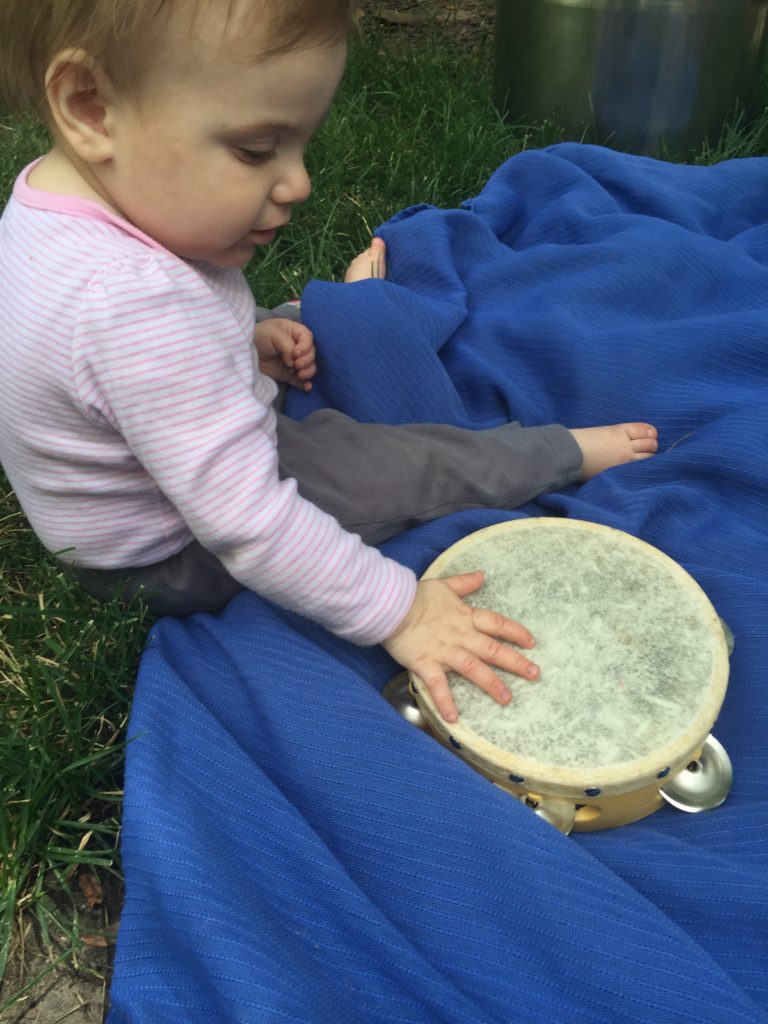
Research also shows a connection between music and math in brain development. Musical patterns, rhythms and tempo make it easier for children to learn mathematical concepts such as sequencing, simple counting and patterns.
Emphasizing the steady beat of a song by clapping or moving to the music helps children master the concept of one-to-one correspondence (the understanding that each object in a group can be counted once and only once).
Music also helps build early literacy skills and promotes social-emotional development. The Name Game helps children learn through play as they explore the letters that make up each child’s name. When we start simply by inserting the letters of a child’s name into the Name Game, we give these letters personal meaning, which will incentivize the child to remember them.
As we play the Name Game, we are building a strong foundation for later literacy development activities such as letter recognition, letter names and letter sounds.
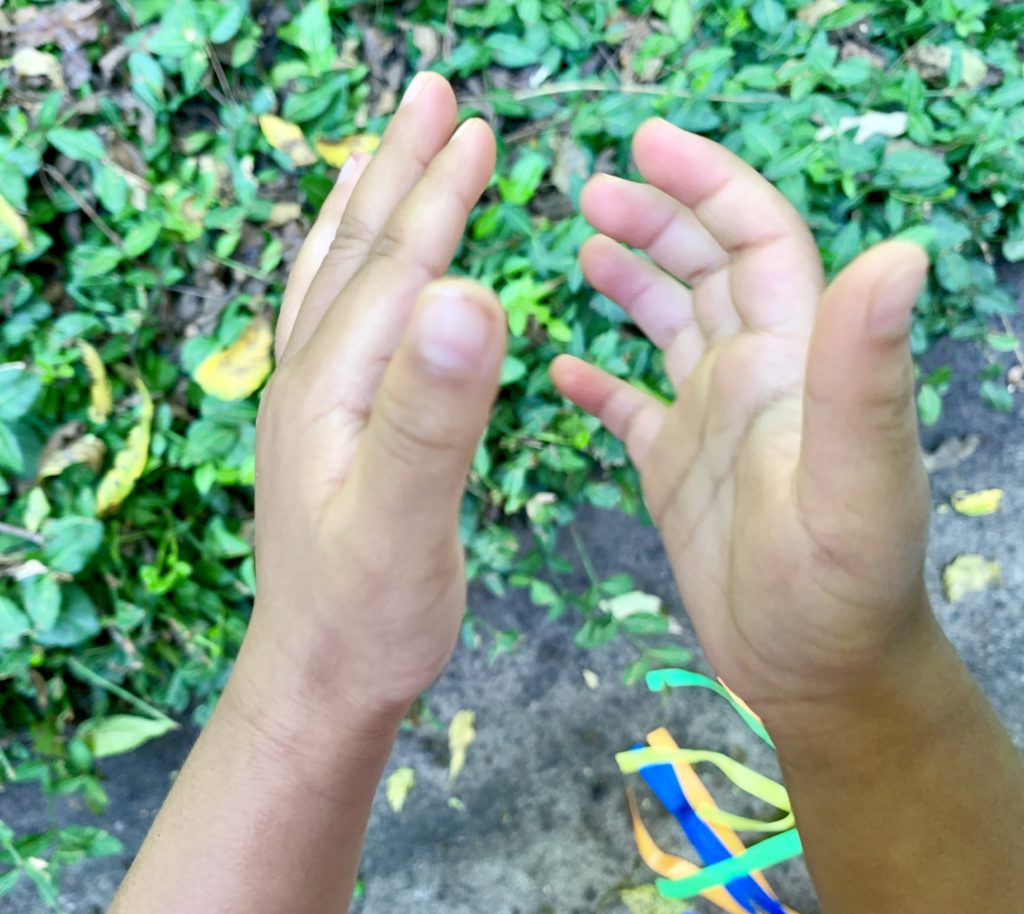
There is something magical about the Name Game and its capacity to keep children engaged for extended periods of time.
Musical rhythms sharpen developing attention skills. The fun of singing your own name song and the name songs of all of your friends can make learning joyful. The Name Game became a tradition at our center to keep the children entertained and happy while lunch was being prepared and served.
Here’s a “cheat sheet” to help you get started with the Name Game.
“The Wheels on the Bus” is a great song for three-letter names:
The letters in my name go J – O – E, J – O – E, J – O – E,
The letters in my name go J – O – E,
That spells JOE!
Four-letter names work well with the “Happy Birthday” song:
K – O – B – E,
K – O – B – E,
My name is Kobe,
K – O – B – E.
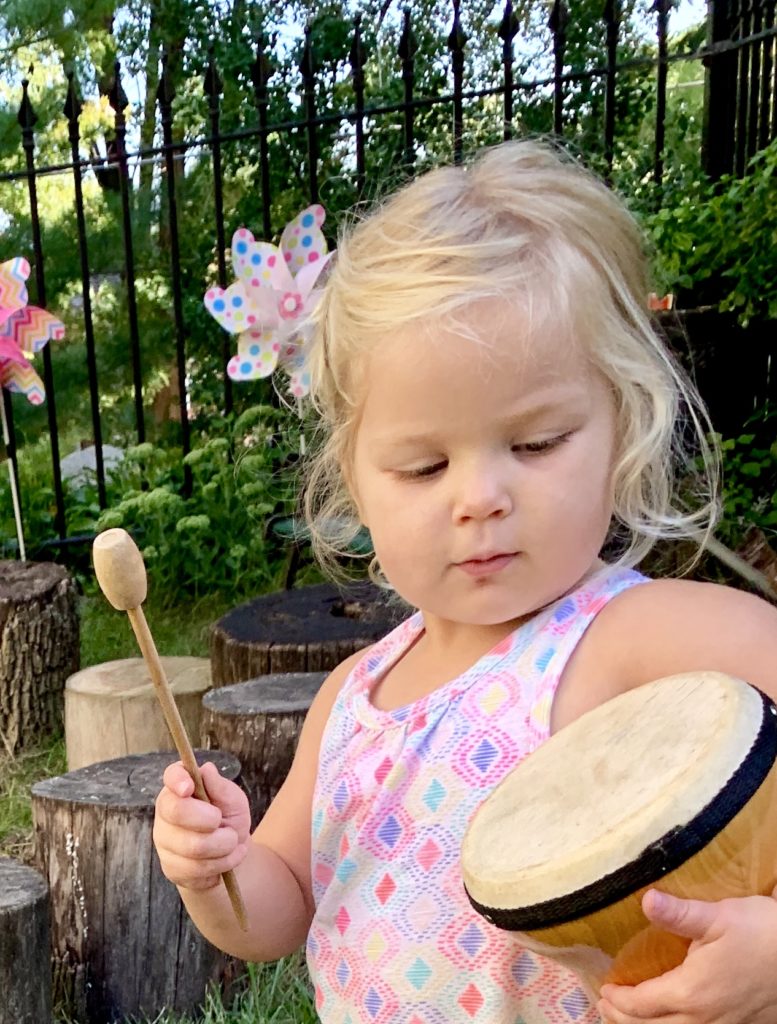
“Bingo” is my go-to song for five-letter names.
Six-letter names work well with “Polly Wolly Doodle” or “Pat-a-Cake.”
Seven-letter names pair well with “Mary Had a Little Lamb,” “Itsy Bitsy Spider” and “Twinkle, Twinkle Little Star.”
Eight-letter names work great with the song, “Muffin Man”
Nine-letter names? Try “Head, Shoulders, Knees and Toes.”
You get the idea! Let’s give it a try. Pick a child in your class (maybe the one who rocks your boat just a little bit, because we all have one and it’s to our advantage to have this child on our team.)
If you get stumped, head to your CD collection for inspiration and grab Taj Mahal, Ella Jenkins, Raffi or whatever song is a classroom favorite. This is the perfect opportunity to add music from the cultures that are represented in your classroom. Reach out to parents to ask for a favorite childhood song that you can match up to their child’s name. They will love you for it, I promise!
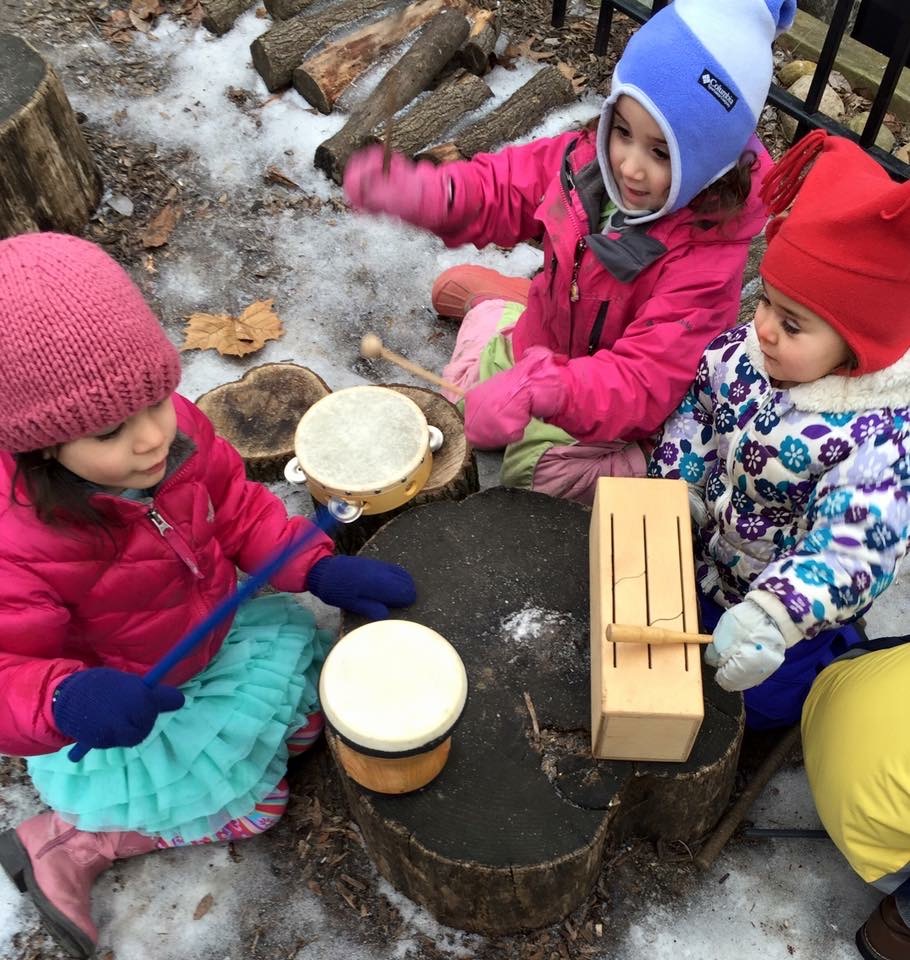
You can also use chants. The children who first played the Name Game in my classroom are in their mid-twenties now, but they still remember the song or chant that they used for each classmate!
Here are some examples to get you started:
M – A – D – I – S – O – N…Madison, Madison is our friend.
C – O – N – N – O – R…Our friend Connor is a soccer star!
Chants are a great place to start because you only need to rhyme with the last letter of the child’s name. You can also sneak the letters into the middle of the sentence if they have a hard letter to rhyme with, like the dreaded letter X! Some letters, like W, will trip you up because that letter has three syllables. Take it slow, you won’t come up with these in a single night. Find a friend who can rhyme on a dime (haha) or a friend with a musical background. Friends like these can be extremely helpful when you are struggling with a name that’s difficult to set to music.
Each child believes they own their song, which they do. I try not to use the “Bingo” tune for more than one child in my class at a time. This may seem like an overwhelming task if you have a large class, so keep it simple. Maybe start with the first kids to be dropped off or the last to get picked up. Make sure you write down the tune and the words as they come to you. You will need your own cheat sheet in the beginning for reference.
When children are actively listening to music, multiple areas in their brains are lighting up. By adding clapping, marching or other movements, we develop other areas of the brain. The more senses we use, the more we learn!
Give it a try. I promise you, it works like magic! If you’d like to add to my cheat sheet, make a comment below and we will start our own list to share with one another. Good luck!
Interested in other activities that help build early math skills?
- You’ll find some great counting songs in the Music and Movement section of our Noodle Cadoodle Counting lesson plan.
- Check out the Music and Movement section of our Monkey Mania lesson plan to pair music with counting and help children understand the concept of subtraction.
- Finally, our What’s in a Name? lesson plan offers more activities to foster the development of early math skills as children count, compare, contrast and graph the number of letters in their names.
Click on Connect with Families on the left side of each lesson page, download the parent letter included with each lesson, personalize it for your class and your math curriculum for the week is complete!
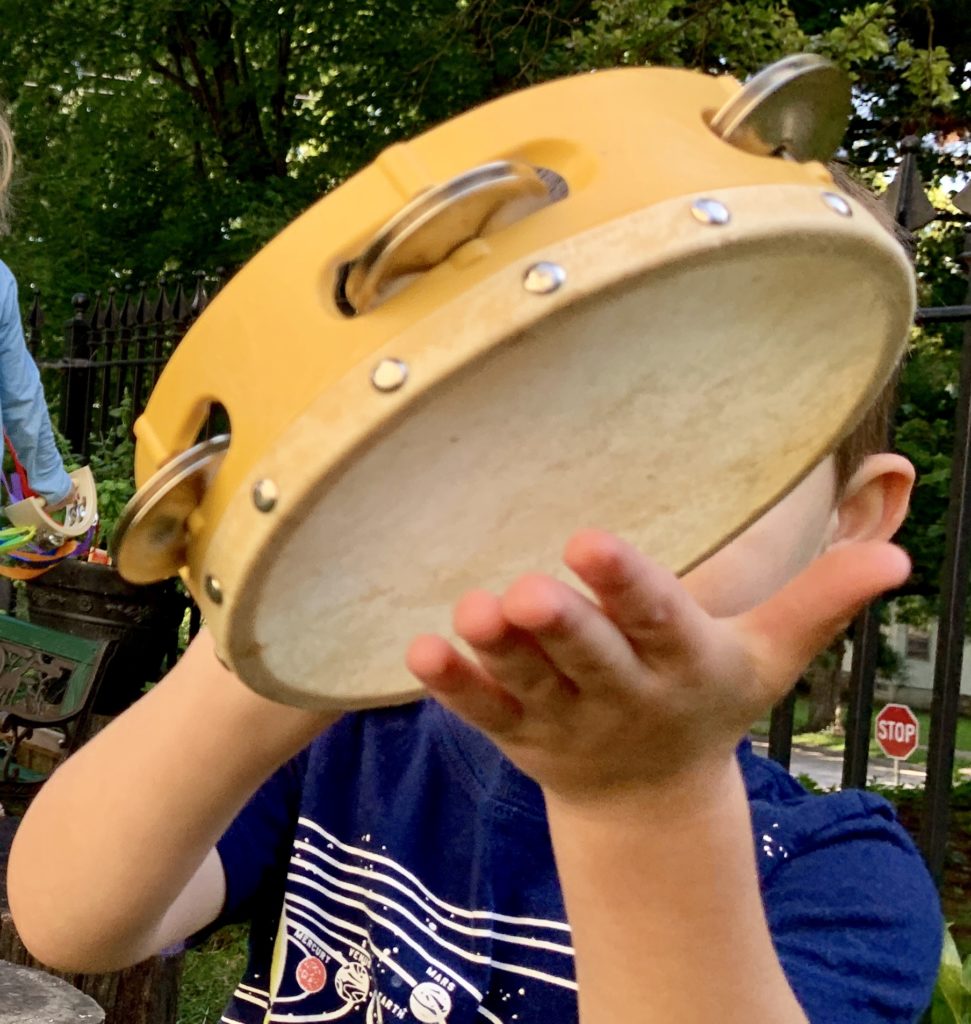
kids love singing i have also noticed kids learn and remember more that they hear in a song or as singing this is a awesome way for kids to learn and remember how to spell there name and things.
It’s lovely and quite interesting to see how such simple activities can create big impacts.
It’s quite interesting to see how a simple song such as B I N G O can teach a young child math by the beat of the music.
I noticed that this name game actually could have something to do with patterns cause you are repeating the words of the song bingo everytime you sing the next part of the song.
Great pattern game
I’ve played this game with my children before!
Many kids love games when they are singing or playing an insturment so to include all of those things along with math and spelling the kids will really love it.
Great resource ideas, children love music! Simple patterns, counting & sequencing objectives. Variety of song suggestions depending on the number of letters in the child’s name. A song for everyone!
We play with song and they like to make patterns with drum beats.
I love the idea it helps the children learn their names and number I will be using this on a daily basis.
I love singing name songs with kids!
I like that musical rhythm and tempo make it easy for kids to learn patterns!
I think this is a great idea, to not only help a child learn how to spell their name but also to introduce them to patterns that they will remember for years to come.
I enjoy singing these fun simply easy to follow along with our class.
I have for years used songs for knowing colors letters and the name game is new to me.i will for sure do this.
I have for years used songs for learning colors,letters,numbers and the name game is new to me. I will for sure do this.
Children love singing and incorporating it into learning additional information is ideal to teach them and also keep them interested